How To grow a giant watermelon
How to grow giant watermelon by former World Record Holder Ivan Bartol, Italy
Ground
Watermelons require loose soil and prefer soils rich in organic matter. A well-drained soil will help to avoid damaging water stagnation and promotes root development that will allow greater capillary action to provide nourishment to the plant. The space that is required for a giant watermelon plant is approximately 25sqm.
Pollination
This is carried out by transferring the pollen of the male flower inside the female flower. After a few days (48 hours) under the flower pollinated by hand you, the fruit should begin to widen. This task can be made between flowers on the same plant or by crossing different plants (you need to keep the memory of the kind of cross made, perhaps with appropriate signs placed in the vicinity of the fruit , for the inclusion of genetics used to race).

Pollination
This is carried out by transferring the pollen of the male flower inside the female flower. After a few days (48 hours) under the flower pollinated by hand you, the fruit should begin to widen. This task can be made between flowers on the same plant or by crossing different plants (you need to keep the memory of the kind of cross made, perhaps with appropriate signs placed in the vicinity of the fruit , for the inclusion of genetics used to race).
Fertilisation
One of the most important elements of growing giant watermelons is getting the correct level of organic fertilizer into the patch. The manure must be buried in the area in advance of growing watermelons in copious amounts. Cow or sheep manure provides an advanced level of maturity for it to be better assimilated by the plant. It may be advantageous to bury the dung a few months before sowing at a dose of 15-20 kg \ sqm.


The Roots
There are two options for the management of the plant:
Beyond the main root, there is an important function performed by the secondary roots or adventitious roots that grow naturally along the branches of watermelon sometimes even up to a length of 70 cm. It is important, therefore, to encourage the maximum development of these roots keeping the soil surrounding the trunk worked well.
The watermelon is grafted onto a rootstock. The main root of the rootstock will be chosen between the most resistant and vigorous plants.
The Irrigation
It is preferable that drip irrigation is used because this provides better fertiliser management of the plant. The water used to irrigate the watermelon must be at room temperature. If it is too cold, it halts the growth of the plant.
The structure of the plant
Another factor of great importance is how the plant is grown. The main vine should have laterals that are left to grow to around 2 metres and form a fan type shape to the plant.

Fruit Thinning
If you are growing a watermelon for a competition you should leave only one fruit or a maximum of two per plant. You will have to remove all the others that form. It is preferable to choose to leave a fruit that remains at a distance of 2 to 3 metres from the stem and you have to have the foresight to pollinate the first fruits formed when the plant is smaller and wait for it to be established with strength and vigour to grow into a giant watermelon
Orientation of the fruit
Orientation of the fruit is very important if you wish to grow a giant watermelon. This operation consists in moving the watermelon so that its stalk bearing the single flower grows perpendicular to the branch where it is attached. This is to avoid the watermelon growing size wrenches that will put a strain on the stem and mean that the melon will come away from the plant.

Sun and soil
The soil should have a P.H. between 6.5 and 6.8, and be worked to a depth of not less than 40cm. If the depth of the soil is 60 or 80 cm, the plant would have greater benefits for a greater root development. The soil should be deep, loose, well- drained and rich in organic matter. All organic substances are great if macerated and fresh, especially horse manure , cow, sheep and rabbit. The location of the seed or seedling, as well as the preparation of the soil must have good natural sunlight. Good sunlight means that the plant lives in health and develops strongly if the temperature remains between 20 C and 35 °C. The geographical area on earth where the fruits reach the maximum size is between 40° and 50° latitude that corresponds to the Po Valley in Italy. The Emilia, in this regard, is located in the most favorable climate zone (orange areas). Sunlight is the trigger of photosynthesis and therefore growth and development of plant and fruit. If the soil does not have the ideal pH, it can be changed but it takes months. If the soil is below 6 (acidic) you have to add lime at the rate of 25 kg per 100 m². The adjustment of the soil occurs in 4-6 months. If the soil is alkaline, i.e. with a pH greater than 7, one must add sulfur, aluminum sulphate or ammonium sulphate. The organic materials decomposing may vary the pH of the soil. The update test should be repeated every 4-6 months.
It is essential that the plant is protected from wind and excessive solar heat. The plant must be protected, with barriers to wind and sun screens to reduce 25-30% of the direct sunlight . Soil moisture is the secret of growth and an irrigation system is the preferred option for watering the plants.
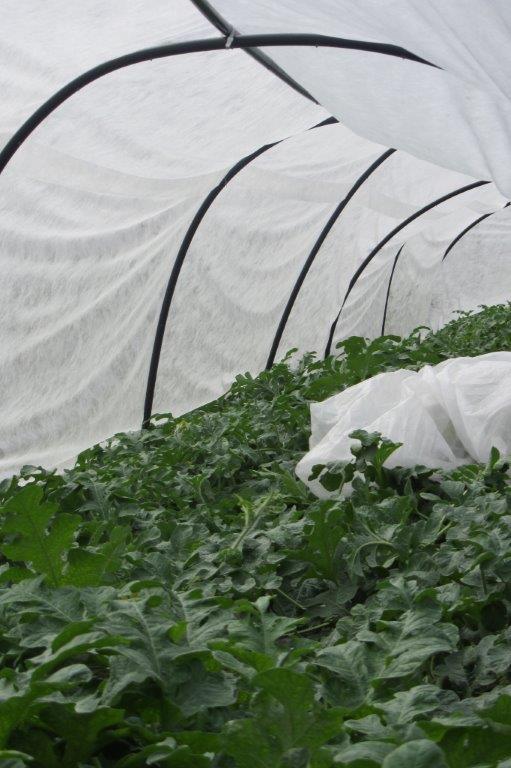
The Seed
The seed can be placed directly in the ground or in pots in a propagator, but in both cases the soil must have a temperature not lower than 15°C. The seed must germinate as quickly as possible.
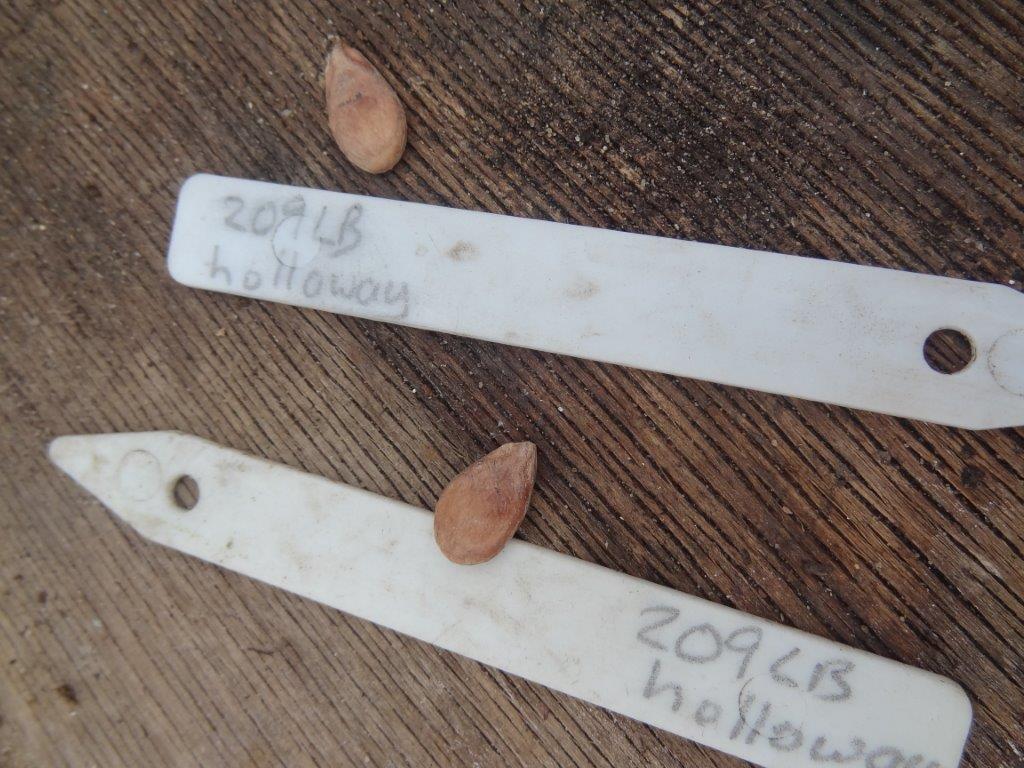
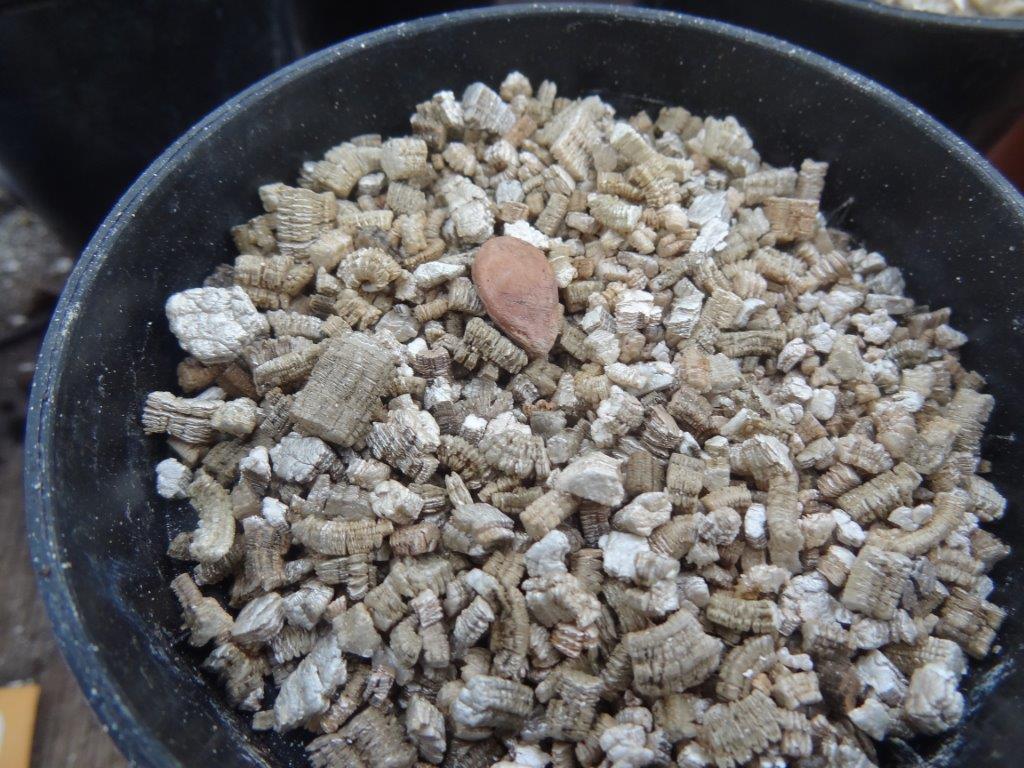


Selected Fruits
Although the variety Carolina Cross has great energy, you should leave one watermelon to set without artificially pollinating it. Pollinate between 3 and 4 fruits and select the best looking watermelon.
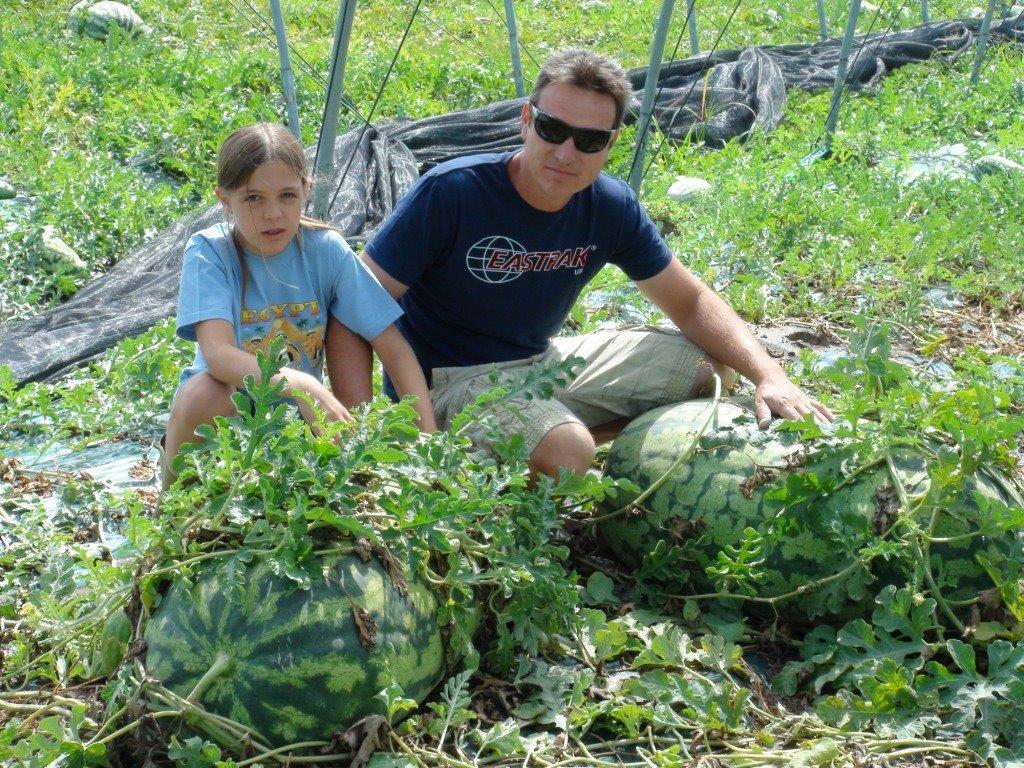
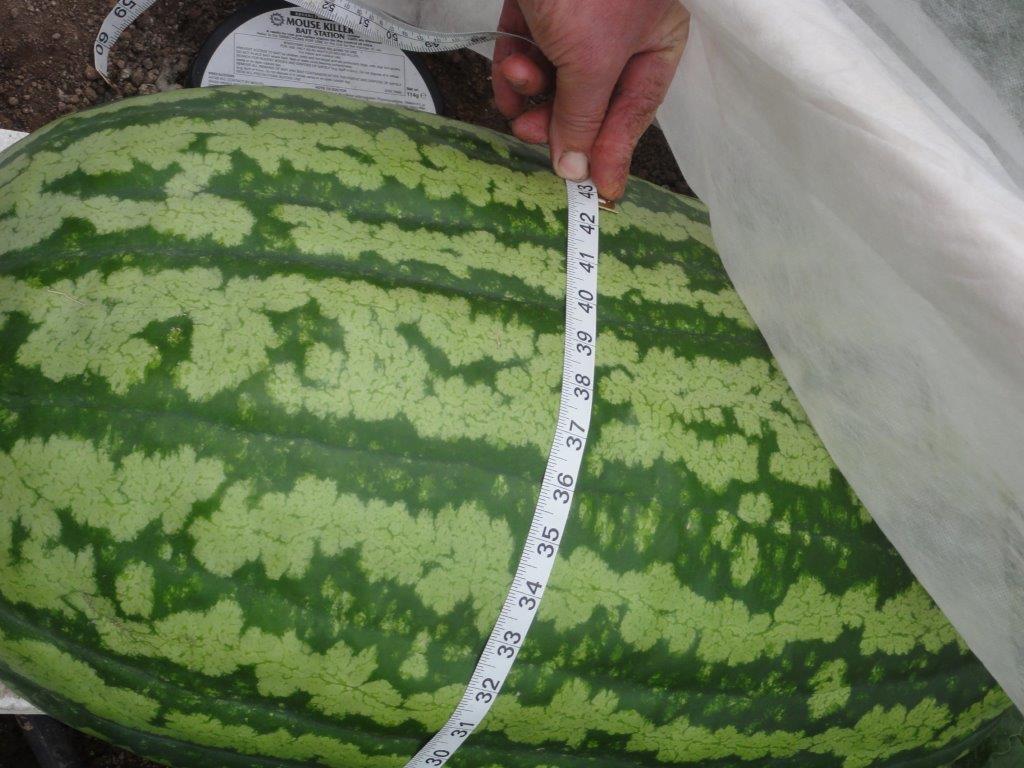
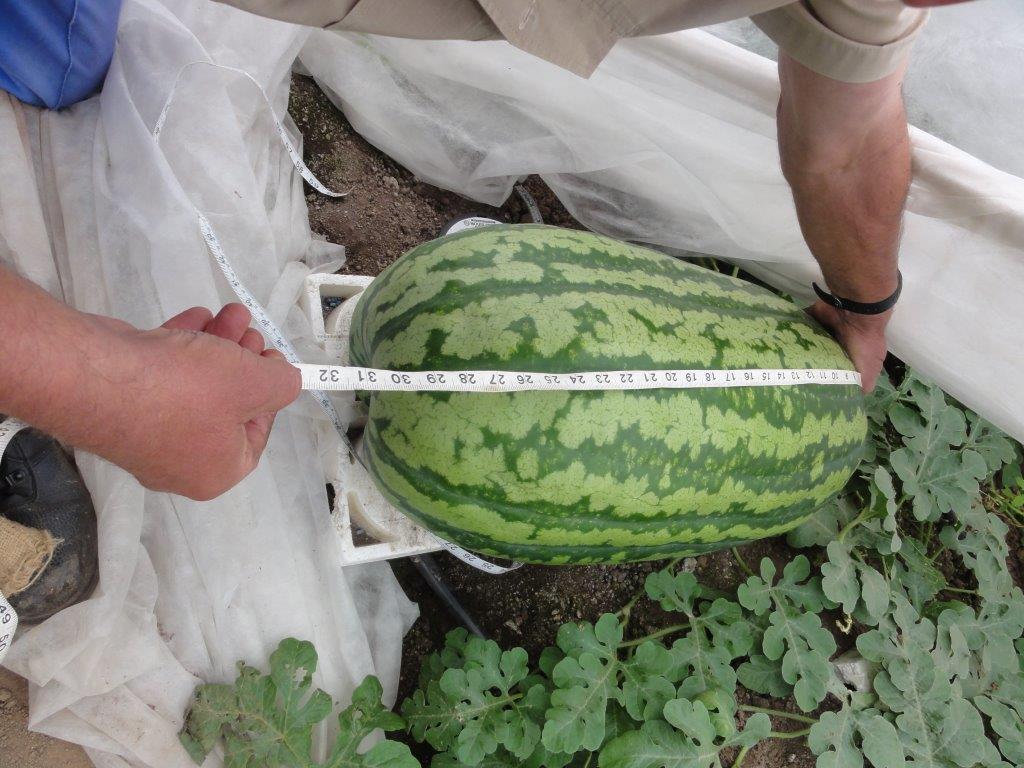
Further Reading
GWG : www.giantwatermelongrowers.com
EGVGA : www.egvga.webs.com
Miss Watermelon www.facebook.com / proloco.novellara


